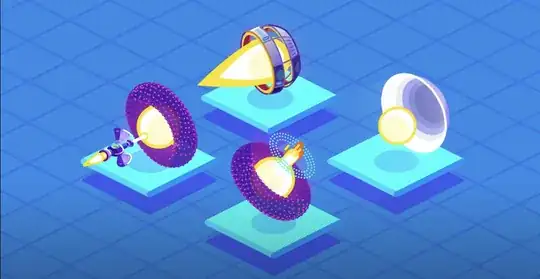Weaponizing a star might not be as implausible as you imagine.
First, we have the "tried and tested" method of luring your opponents close enough to a star so that they cannot escape it's gravitational pull. Then just let nature do its work. However, this might not be the weaponization you are looking for.
But I am going to try and answer your actual suggestions here:
"Either by breaking parts of it as throwing it at something."
This could prove to be tricky. Stars are mostly made of super-hot materials in a fluid/gaseous state, all bound together by huge amounts of gravity. It's not like you could just scoop a chunk off the surface of the sun - imagine it like trying to scoop some helium out of a balloon with a spoon that is quickly melting.
It's not impossible however. If you have something with a greater amount of gravity (like a black hole), parts of the star will be slowly siphoned off into the black hole. You could collect parts of the star during this siphoning. It should be noted that if you have tech to bring a black hole to a star, you may as well just throw the black hole at your target as it will do far more damage.
"Or making it explode or go supernova"
Now we are talking, this could be done. Stars go supernova when they have too much matter, so providing that you have enough matter you could achieve this. We're talking a lot of matter however, possibly in the range of several million Earth-sized planets would be needed to make the star go supernova. Or maybe another star would do, throw one star at another and then boom.
Moving Stars
But if we can move stars, then that could be weaponization enough for you.
Being able to move a star has several interesting features for a would-be weaponsmith. Not only can you throw the star at your target, simply moving a star slightly would effect the orbits and climates of all it's planets. It could be possible to render a world completely uninhabitable by giving its host star enough of a nudge.
The biggest downside to moving stars is that their gravity is so huge that, even if your tech levels were so advanced that moving a star was trivial, the movement of the star would be detectable from anywhere relatively nearby (if Alpha Centauri moved significantly, for example, we'd be able to detect that from Earth with today's tech). It wouldn't be a stealth operation, and your enemy would no doubt have time to react and respond.
Deathrays
Stars output a lot of energy, huge amounts. You could capitalize on this and position a spacestation near a star and have it collect as much energy as it could. The spacestation could then use this energy to power some kind of deathray to eliminate the enemy.
This spacestation could take many forms, from something resembling the Icarus II from the film Sunshine, all the way up to Dyson Spheres.
To destroy the Earth, you need somewhere around 100,000,000,000,000,000,000,000,000,000,000 joules of energy. The sun’s luminosity generates about 380,000,000,000,000,000,000,000,000 Joules a second, so if you could collect all the suns energy for just over 3 days you'd have enough to deathstar the hell of out the Earth and reduce it to rubble.
This is probably the most practical method of weaponizing a star, unless of course you have super advanced technology, and you could play around with Neutron Stars...
Neutron Stars
Everything mentioned before this has been assuming you are talking about most stars in the spectral range. But if we are talking Neutron Stars and we have technology so advanced it could be considered magic, then we have some new options for weaponization.
Neutron stars are the remnants of of a star after it has gone supernova - it's effectively the remaining core of a star and they are super dense and have insane amounts of gravitational pull.
Imagine a ball about 10 kilometres big that has considerably more mass than our Sun. That's a neutron star.
Moving or manipulating a neutron star would be bordering on the impossible, but supposing we could do something with it, throwing a neutron star at a planet could potentially end up taking out the entire solar system.
Returning to "breaking parts of it as throwing it at something."
To return to one of your suggestions, neutron stars are incredibly dense, and scooping a bit off them is suddenly way more feasible than scooping bits off a gaseous/fluid star. Dropping a part of a neutron star the size of a football at a planet would definitely wipe out all life on that planet (and the planet might get vapourized in the process).
Just bear in mind that scooping parts off a neutron star would be virtually impossible, and require such ridiculous amounts of energy that it simply becomes inefficient. Effectively you'd already have enough energy to vaporize several planets, so why then bother scooping bits off a neutron star?
You could have this football sized chunk of neutron star left behind by some super advanced but now extinct race - as the tech levels required to do this is far beyond anything we could currently imagine. Or at least, anything I can imagine.
Personally, I'd go with the deathrays shot from an orbital spacestation approach, as this would give you a reusable weapon that would be very efficient. But unfortunately this might not be as dramatic as what you were originally after, if that's the case go for the neutron-star-football left behind by some long dead aliens. But be prepared to deal with how something with such an insane gravitational pull could be moved/stored and used as a weapon (this is almost worth another question all of it's own).
 – Kyle B
Nov 11 '20 at 22:20
– Kyle B
Nov 11 '20 at 22:20





